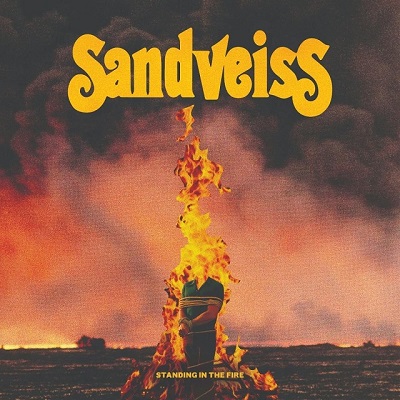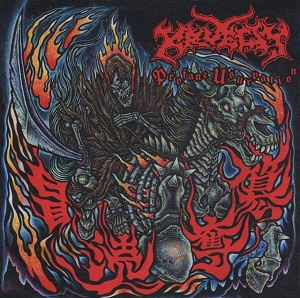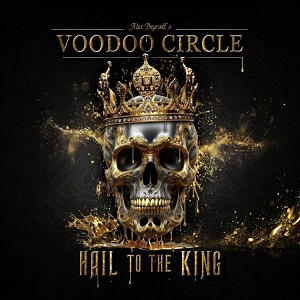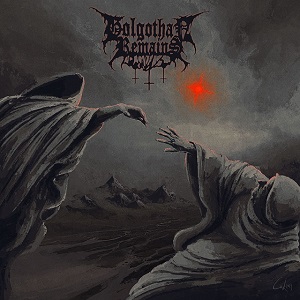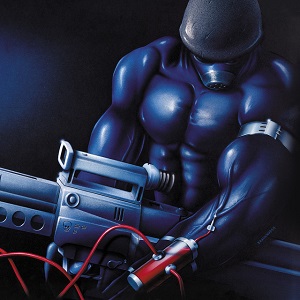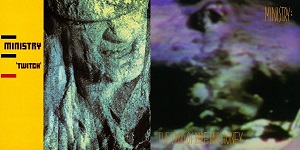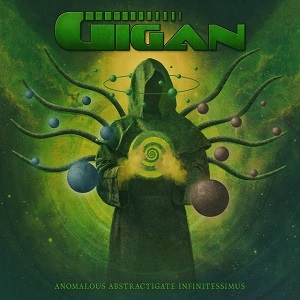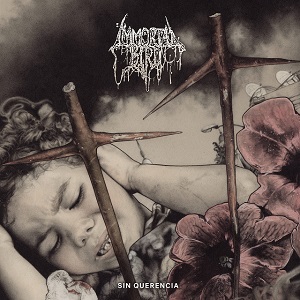Digital Sales Keep Music Industry Afloat - Album Sales Drop Yet Again
January 4, 2007, 17 years ago
The following report has been issued by Phil Gallo at Variety.com:
The music biz can't stem the bleeding, but for now, digital tracks are proving to be a secure Band-aid.
Album sales dropped for a seventh consecutive year, but a dramatic increase in the sale of digital tracks helped keep the music industry afloat in 2006.
Some 588.2 million album units sold last year, down 4.9%, while consumers purchased 581.9 million digital tracks -- a 65% increase from 2005's 352.7 million sold. Nielsen SoundScan, which released the figures Thursday, counts a block of 10 tracks sold as an album.
However, while hits were created -- Daniel Powter's 'Bad Day', Gnarls Barkley's 'Crazy', Shakira's 'Hips Don't Lie' -- no top-selling artists generated follow-ups that did significant business.
Disney's "High School Musical" soundtrack was 2006's top seller at 3.7 million units -- the lowest total for the year's chart-topper in the 15 years SoundScan has been keeping sales figures.
Good news: Sales were spread around many different artists. Bad news: The bar for a "hit" is reduced and in many cases the return on investment for a label is smaller.
"High School Musical" is the first soundtrack to become the No. 1 album since "Titanic" sold 9.3 million copies in 2002, a feat that should have Disney -- an indie in the recorded music field -- smiling. But it should concern the rest of the business that no major label act could beat a TV soundtrack aimed at tweens.
As artists go, it was Rascal Flatts' year. Disc "Me and My Gang" (Lyric Street) was the top-selling album by a single artist at 3.5 million. The country trio also registered the year's biggest sales week, moving 722,000 copies of "My Gang" in the first week of its release. Band was tops in digital sales, and the biggest seller overall, edging Johnny Cash 4.97 million to 4.83 million. (Figure counts every album, video and track sold by the artist).
Daniel Powter's 'Bad Day' topped the digital tracks list, selling 1.9 million copies. Gnarls Barkley's 'Crazy' was No. 2 at 1.6 million. Every title in the top 10 sold at least 1.28 million copies.
The Fray's 'How To Save A Life' posted the year's biggest digital album sales tally: 198,000. And Akon's 'Smack That' was the No. 1 ringtone, selling 1.6 million.
In market share, Universal Music Group remained No. 1 with 31.6%; Sony BMG Music Entertainment came in at 27.4%; Warner Music Group had 18.1%; and EMI held onto 10.2%.
Digital continues to make inroads as the number of albums sold as downloads doubled from 2005. Current albums represented 18.6 million units sold, a rise of 93.7%; 14 million catalog albums were scanned, a 108.9% spike; and 9.8 million deep catalog albums were downloaded, a 104.2% rise.
Digital albums represent 5.5% of all albums sold. Warner Music continued to build on its digital market share, rising 1.72% to 23.29% of the digital album universe. UMG is at 27.4% of all digital album sales, Sony BMG 24% and EMI 10%.
Sales of current physical albums came in at 363.9 million, a 6.5% drop from '05. Catalog was down 8.1% -- 210.2 million sold -- and deep catalog was at 148.4 million, a 2.8% dip.
As for genres, classical and soundtracks saw considerable bumps, rising 22.5% and 18.9%, respectively. Country was flat, and Christian/gospel rose 1.3%. The biggest-selling genre is rock at 170.1 million albums sold, but the genre was not tracked in 2005. R&B;, at 117 million units sold, took a big hit, dropping 18.4% from the previous year.
Year's data from Nielsen SoundScan revealed that customers are not going to record stores like they used to. Chain stores saw just 41% of all sales, down from 48% two years ago. Indie music stores account for 6% of all sales, down from 7% last year and 9% in '04.
On the other hand, nontraditional merchants -- online services, TV, kiosks at concert venues -- saw their sales grow 44% to 69.3 million. Mass merchant outlets like Wal-Mart and Target accounted for 40% of all sales, up 1% from '05 but 7% from 2002.
As has been the case for the last two years, 20% of all sales occurred during the last six weeks of the year.

